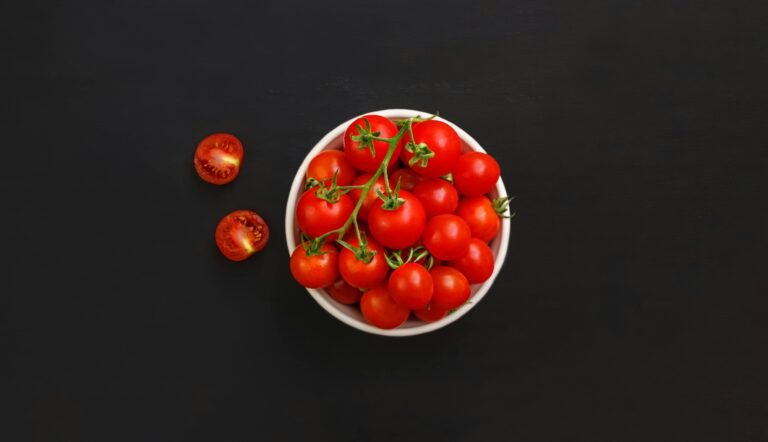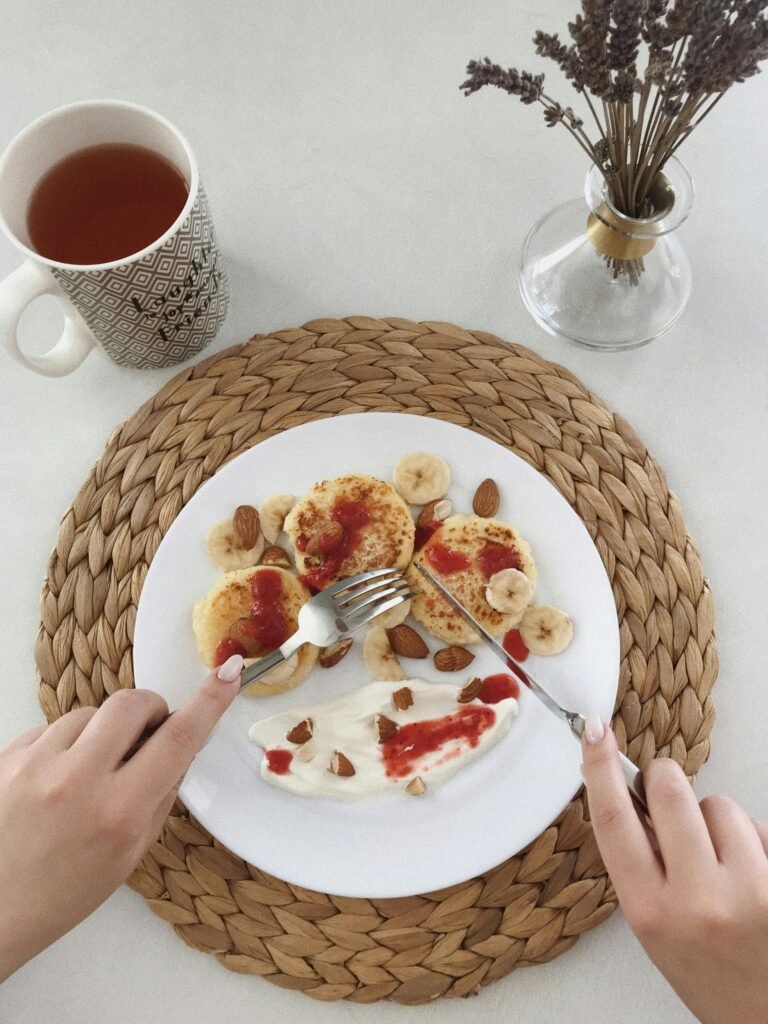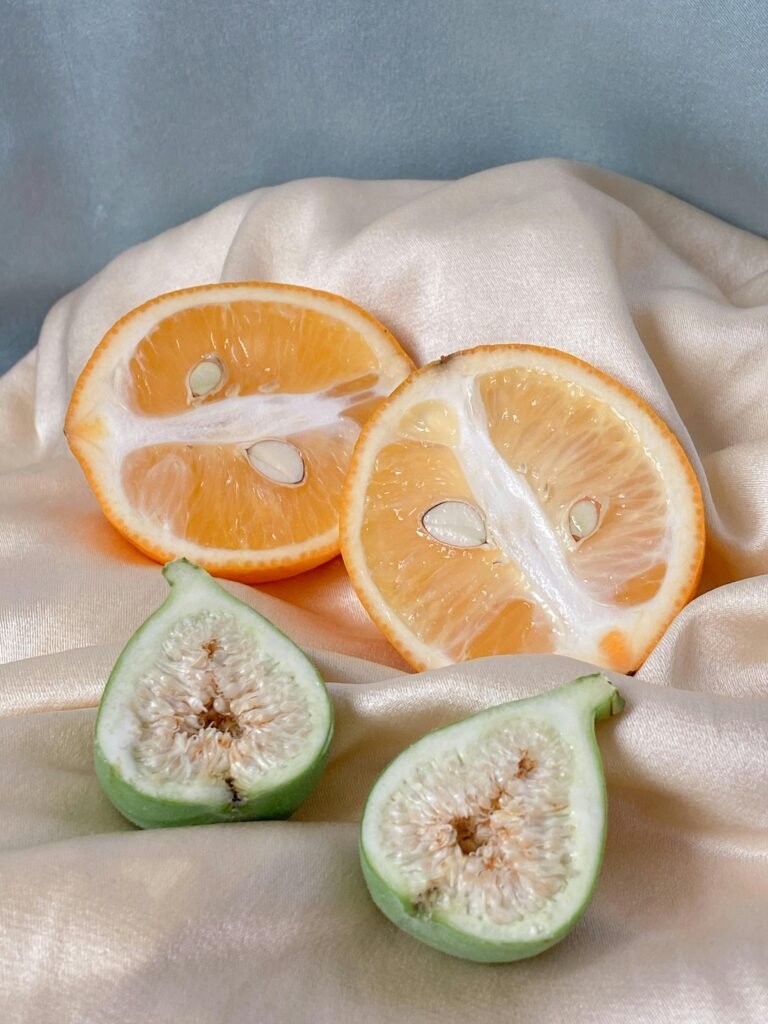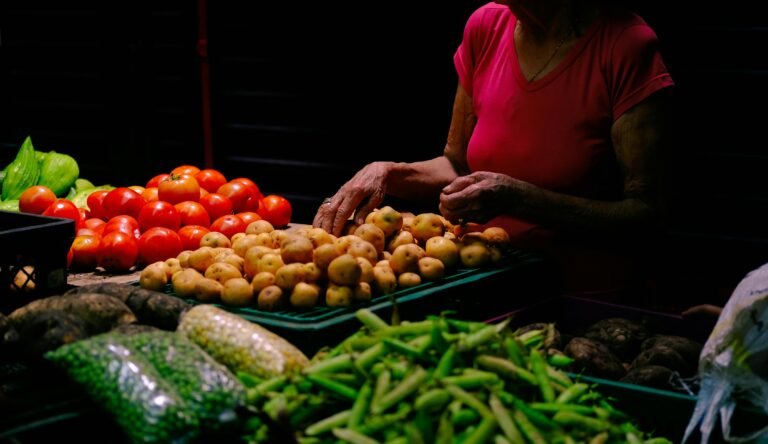The konjac or shirataki paste
Konjac or shirataki pasta has been all the rage for years and continues to be bought a lot by people looking to stay on a diet or eat fewer carbohydrates. This low calorie pasta made from insoluble konjac fiber has long been found in large supermarkets and organic shops.
If you want to order it because you can’t find it in stores, you are spoiled for choice on the internet. Not only. Over the years the offers on the format have multiplied. So much so that today there is shirataki rice, shirataki lasagna and even the preparation for making pancakes with very few calories, as we will see. But let’s start by talking about konjac pasta: what exactly is it?
ALL ABOUT KONJAC or SHIRATAKI PASTA
Konjac pasta is not a zero calorie pasta. However, it has very few, about 25 per serving. And zero carbs. It is not obtained from wheat and from any cereal or legume. This paste is obtained from the root of the konjac. From this plant a fiber with a rubbery consistency is obtained, which acts as an insoluble fiber and is therefore not assimilated by the body. It is a fiber that is part of the family of foods that contain resistant starch.
In recent years, resistant starch has attracted the attention of scientific research, due to its prebiotic action. That is, it contributes to re-establishing a healthy intestinal bacterial flora, and contributes to regularity, provided you drink plenty of fluids during the day. This starch also has an anti-cholesterol and hypoglycemic action. Konjac paste is therefore suitable for those who are diabetic or have high cholesterol.
Let’s dispel a myth: konjac pasta does not make you lose weight, at least not having many calories it can be eaten instead of pasta. And let’s debunk another one: it has no flavor whatsoever.
It does not cook, just wash it, and it never overcooks, it is rubbery, milky, it impregnates itself with the seasoning you give it.
It has some contraindications. Those suffering from irritable bowel and easy intestinal fermentation should use it sparingly, because being made of insoluble fiber it slows down digestion and can make the belly swell.
In this case it is best to test it in small quantities first and not every day.
KONJAC OR SHIRATAKI PASTA. Where to find it?
As I said, today konjac or shirataki noodles can be found in both chain supermarkets and health food stores. It is divided into two types: the dry one, which is soaked and then hydrated by boiling it in water. The hydrated one, which is found in sachets that contain a solution of saline water. In this case, you open the sachet, rinse the pasta and boil it for a couple of minutes to be safe. The latter type is much more practical, but has a flaw: once the sachet is opened, the contents have an unpleasant smell, similar to frozen fish. Boiling it for two minutes eliminates any trace of odor.
On Amazon you can find the best offers and brands in my opinion, which also include various formats.
My favorite is the Slendier multipack, which is organic and offers sachets of about two portions each (or a large portion), in various sizes at a great price.
Find it here: 6 x Slendier Organic konjac trial pack Slendier Shirataki – 6 different types, low calorie, shirataki, source of fiber, gluten free, organic quality .





























+ There are no comments
Add yours